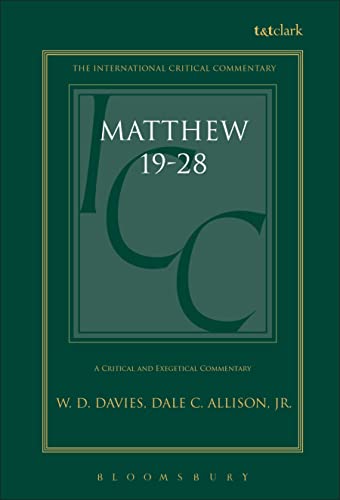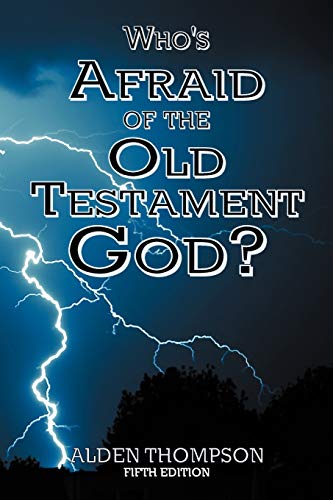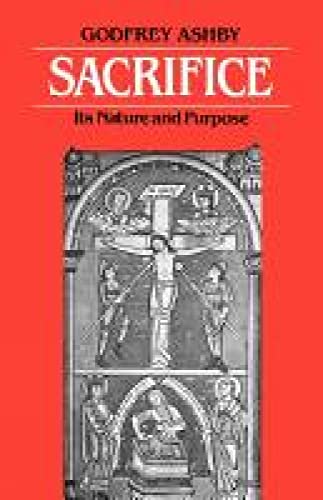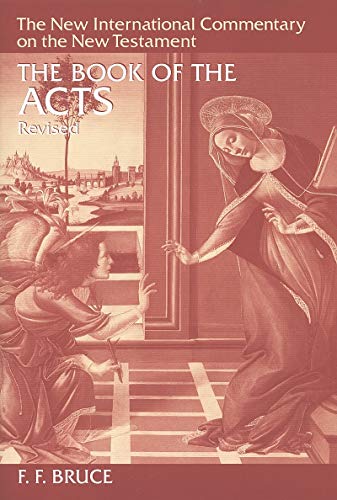A Critical and Exegetical Commentary on the Gospel according to Saint Matthew
Written by W.D. Davies and Dale C. Allison Reviewed By David WenhamAt last we have in English a commentary on the Greek text of Matthew that is up-to-date and thorough (or, to be more accurate, a third of a commentary, since this first volume of three only takes us to the end of chapter 7). Matthew has until now been poorly provided for, but now we have on Matthew a commentary, comparable to those on Luke by Marshall and Fitzmyer, which interacts with a vast range of recent research and writing on Matthew (including U. Luz’s major German commentary, but not Don Carson’s useful Expositor’s Bible Commentary) and which will be an invaluable resource to serious students and exegetes.
The commentary begins with 148 pages of judicious introduction. The authors explain their rather traditional historical-critical approach, acknowledging the value of modern literary approaches but arguing (rightly) that a historical text deserves a historical approach. They are traditional in other ways, for example in their acceptance of the two-source hypothesis and in dating Matthew between ad 85 and 95. They restate the case for the two-source hypothesis quite well, though their explanation of the ‘minor agreements’ of Matthew and Luke against Mark is not wholly convincing (e.g. on Mt. 13:11), and they underestimate the probable extent and importance of pre-synoptic oral tradition.
They are unpersuaded by most analyses of the structure of Matthew’s gospel, but they are sympathetic to the ‘pentateuchal’ analysis of B.W. Bacon and they make a lot—probably too much—of the so-called ‘triadic structures’ that in their view permeate the gospel (e.g. the threefold structure of the genealogy in Mt. 1). On the authorship issue, they are unpersuaded by many of the objections to the traditional view that the gospel was written in Hebrew by the apostle Matthew, but they end up—with disappointing caution!—concluding that the author was a ‘member of the Jewish people’.
In the body of the commentary they discuss each passage under the headings: (i) structure, (ii) sources, (iii) exegesis, (iv) concluding observations, (v) bibliography. Their discussion is detailed and helpful, providing the reader with a wealth of comparative material, with sensible analysis of different viewpoints (e.g. on Jesus’ kingdom teaching, or on 5:17, where Jesus fulfils the law in the sense that ‘his new teaching brings to realization that which the Torah anticipated or prophesied’—transcending the Torah but not dispensing with it), and with interesting observations and ideas (e.g. on John the Baptist’s rejection of ‘covenantal nomism’ in 3:8, and on the structuring of Mt. 6:19–7:12 around issues of social ethics).
On historicity the authors are often conservative, adducing good arguments (e.g. on the call story of 4:18–22). But at other points they are unnecessarily sceptical: thus, calling the words ascribed to John in Matthew 3:2 ‘certainly redactional’ is certainly an exaggeration, since it may well be that Jesus took over John’s message. (Incautious use of ‘certainlys’ and ‘undoubtedlys’ is a common scholar’s disease, from which Davies and Allison are not immune, despite their normal balanced approach.) Their rejection of the historicity of the virgin birth and of the wilderness temptations is disappointing. They agree that (a) Matthew himself believed in Jesus’ virginal conception, (b) there are no obvious pagan or Jewish parallels to the virgin birth story, (c) the infancy narratives do contain historical tradition and historically plausible description (e.g. of Herod), and (d) the ‘birth of Jesus was an important christological moment’ from very early—pre-Pauline—times. And yet, instead of admitting for themselves that the historical explanation of the story is a real and plausible option (though not without its difficulties), they refer to this as the view of Dr Cranfield, the series editor, rather than as their own. This is out of keeping with their usual even-handedness, and the explanation may lie in their hint that they find the miraculous nature of the event problematic. We may suspect that, like many other commentators, they are not free of the anti-supernatural outlook of our age and of the scholarly world—which is a pity in those commenting on the highly supernatural story of the gospels.
There are other controversial points of interpretation. For example, they play down the radicalism of Matthew’s (and Jesus’) attitude towards worldly wealth. Thus they take 6:21 to mean ‘where your heart is, there will your treasure be’ (i.e. to be about inner attitudes) rather than to mean what it says, that ‘where your treasure is, there will your heart be’ (i.e. to be about use of wealth).
To conclude: there are weaknesses in this commentary, but it is an outstandingly useful work filling an important gap in recent scholarly literature. We look forward to the next volume.
David Wenham
Wycliffe Hall






